When it comes to your car, keeping it up and running is going to be one of your top priorities. And your wheels are one of the most important things to look after. To do that, you’ll need to ensure your tyres are working as they should. But do you know how to do that?
In this guide, we’ll explain everything you need to know about tyres. From tread depth to tracking, reading this guide will ensure you are safe on the road.
How do I check my tyres?
You should check your tyres on a driveway or a quiet road. You need to make sure there’s no traffic oncoming so you can inspect them. You will also need to be able to move the car so you can check the entire circumference of the tyre.
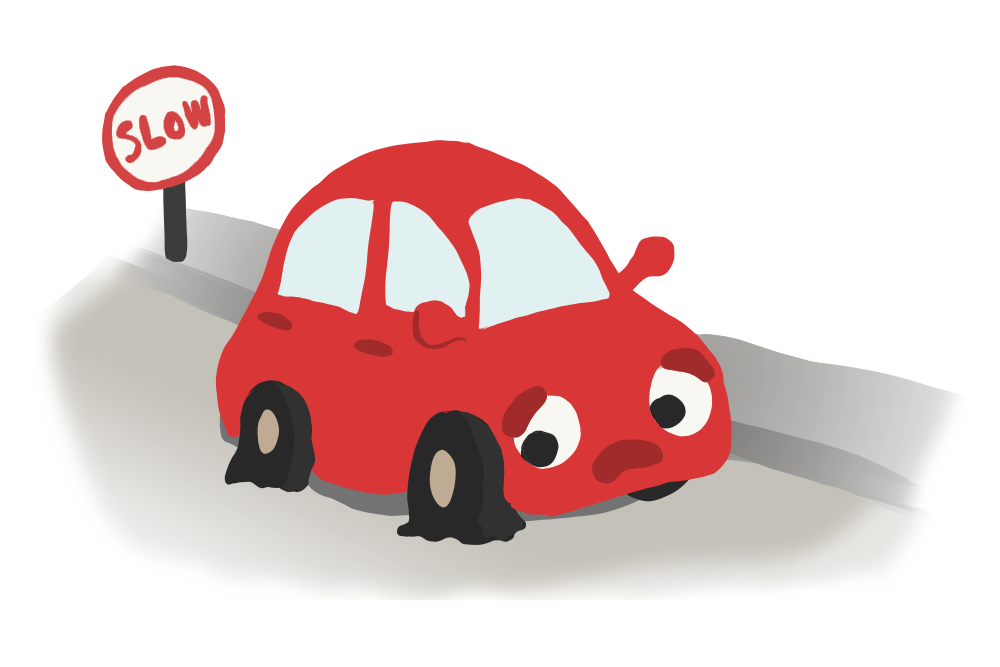
Should all tyres be inflated to the same pressure?
In most cases, you won’t be able to get all the tyres to the same pressure. This is because the front wheels and back wheels tend to have a difference. However, you should inflate the tyres to the pressure recommended by the manufacturer of the car and the tyre.
Is there a legal requirement to maintain my tyre pressures?
You should have your tyres inflated to the recommended pressure at all time. You can get a fine up to £2,500 and 3 penalty points per tyre that is breaking the rules – including pressure.
What pressure should my tyres be?
The pressure depends on the make of tyre, the car you’re driving, and what you are using it for. You can search online for the right tyre pressure. Some cars come with a doorplate that lists the recommended pressures for your car. They will also indicate the different pressures for your car, depending on how full it is on a regular basis i.e. do you have all the seats filled or carry heavy loads regularly?
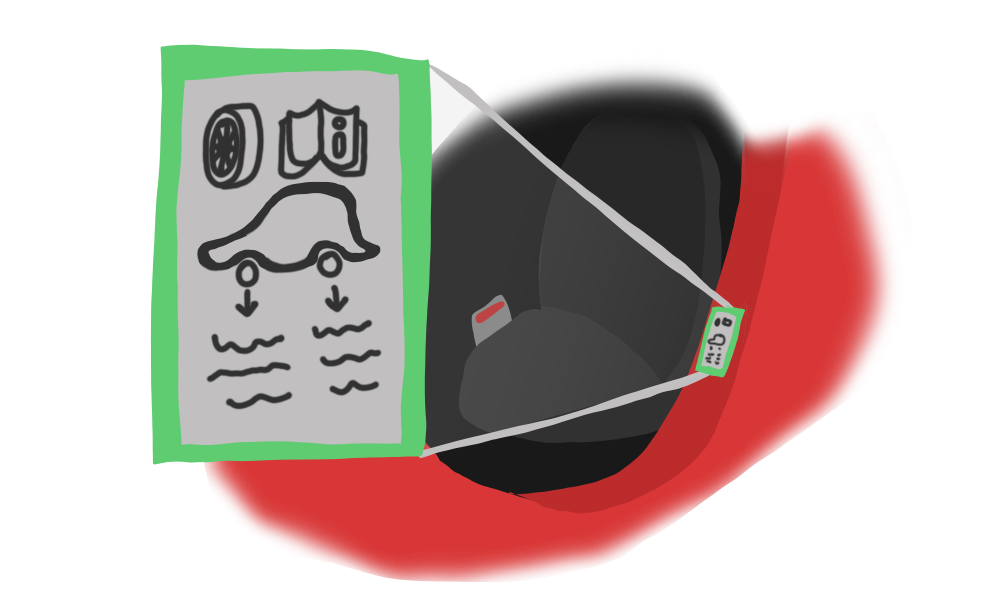
What happens if my tyres have been over-inflated?
If your tyres are over-inflated, you can lose traction. This is because the over-inflation will distort the tread of the tyres. The distorted tread will have less grip on the road, meaning your acceleration and braking will be affected. You are also more prone to a puncture if your tyre is your tyre is over-inflated.
What happens if my tyres have been under-inflated?
If your tyres are under-inflated, then more of the tyre will be in contact with the road at the same time. This leads to more friction being generated, which in turn generates a lot of heat. This can damage the tyre or even lead to a blowout – where the tyre just bursts.
Even if your tyre stays intact, under-inflated tyres will wear out much quicker, leaving bald spots and affecting the car’s traction and braking ability.
How often should I check my car's tyre pressures?
You should aim to check your car’s tyre pressure regularly. We recommend you check at the start of each season, so four times per year at the very minimum. You should factor it in with the oil and water checks. And if you are embarking on a long journey, then you should definitely check to make sure they are in a good condition.
Should I change my tyre pressure depending on car load?
You should have the tyre pressure set to the car load you have most often. Anything else and you could be putting more wear on your tyres than you need. If you have a varied set of loads each week, set the pressure to the heaviest car load of the week.

What is the difference between BAR and PSI?
The main difference between psi and bar is the area that the pressure is measured against. PSI is measured as pressure as a one-pound force applied on an area of one square inch. BAR is a measure of pressure as a force applied perpendicularly on a unit are of a surface. One PSI equals 0.068 BAR. Conversely, one BAR equals 14.50 PSI.
What is my tyre size?
The size of your car’s tyres will be written on the sidewall of your existing tyres. This will be a number either etched or raised across the outside. This should tell you the car’s size, as well as the make and model of the tyre.
Can I or a mechanic repair my punctured tyre?
Repairing a punctured tyre depends on the location and size of the puncture. If the puncture is over 6mm in size, then it cannot be safely repaired. So if it’s a screw, nail or sharp object that has caused the damage, then you should be able to safely repair the tyre using a puncture repair kit. The damage should also be on the central part of the tyre and not the edges. If the puncture is at the edge, it’s more likely to be opened and damaged again.
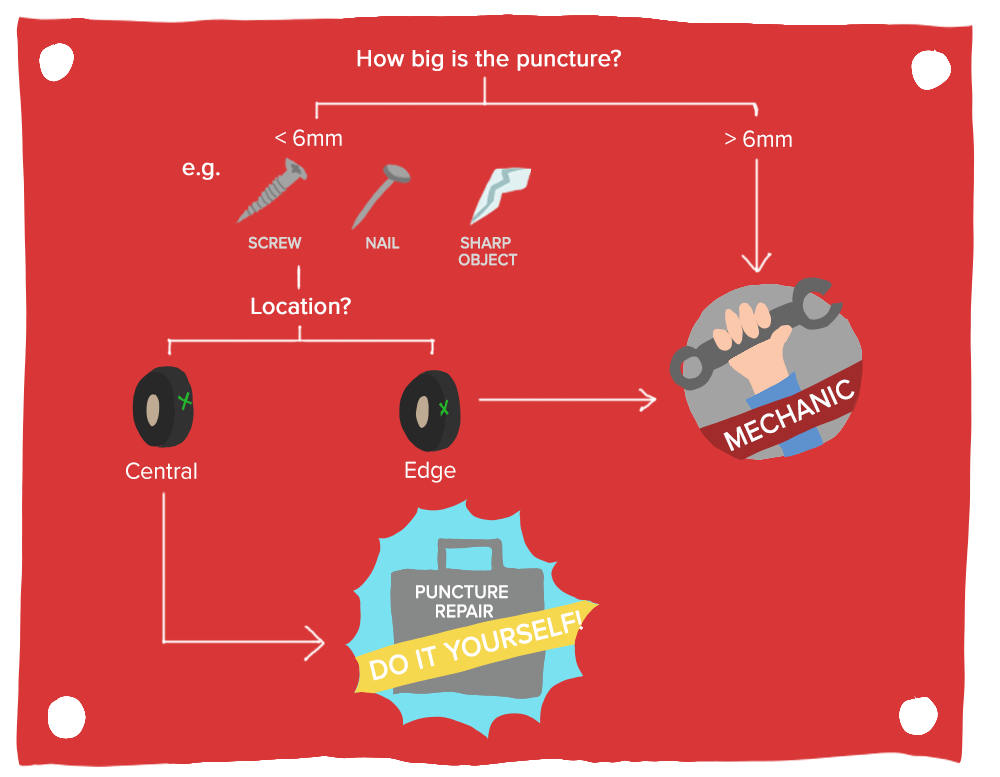
Can I drive with a flat tyre?
You should only continue driving with a flat tyre if it’s not safe for you to stop. But even then, you should not drive too far with the puncture. Driving on a flat for too long can damage the wheel itself.
How long will a repaired tyre last before I need to replace it?
If a tyre has been repaired properly, it can last up to 7-10 years. You just need to ensure that the whole has been properly cleaned and plugged using the right vulcanising agent.
What is a run-flat tyre?
A run-flat tyre has been especially designed with reinforced sidewalls so that if there is a puncture, you can continue driving on them.
What are self-sealing tyres?
Self-sealing tyres have a special design which means if there is a puncture, a layer of sealant inside will spill out and prevent the tyre from deflating. This sticky layer of sealant will prevent the tyre from going flat for a while.
What is tyre tread?
Tyre tread is the groove on the edge of a tyre that gives the wheels grip on the road. They are designed to displace water so that the rough edge of the tyre is in contact with the tarmac. This gives you the grip you need to gain traction on the road.
How to check my tyre treads?
The easiest way to check the tyre tread is with a 20p coin. Simply stick the coin in between the gaps of the tread. If you can see the border of the 20p coin, then the tread is below the 1.6mm legal minimum and needs to be fixed. When you check the tread, you need to examine the outer and inner area of the tyre.
What is the legal limit for my tyre tread?
Here in the UK, the legal tyre tread depth is 1.6mm. This has to be the case across the entirety of the tyre, not just the outside area.
What does uneven tyre tread wear indicate?
Uneven tyre tread wear can indicate that the tracking of the car is out of sync. The tracking is the alignment of the car’s tyres. Most garages can ensure that the wheels are all properly aligned, so when you turn your steering, they move at the same angle. Any misalignment can put more pressure on an area of tyre, meaning it will wear out quicker.
What are the different types of tread pattern?
There are four types of tyre tread: directional, symmetrical, asymmetrical, and directional/asymmetrical. The different types have different qualities, with some better suited for more grip on wet or icy roads.
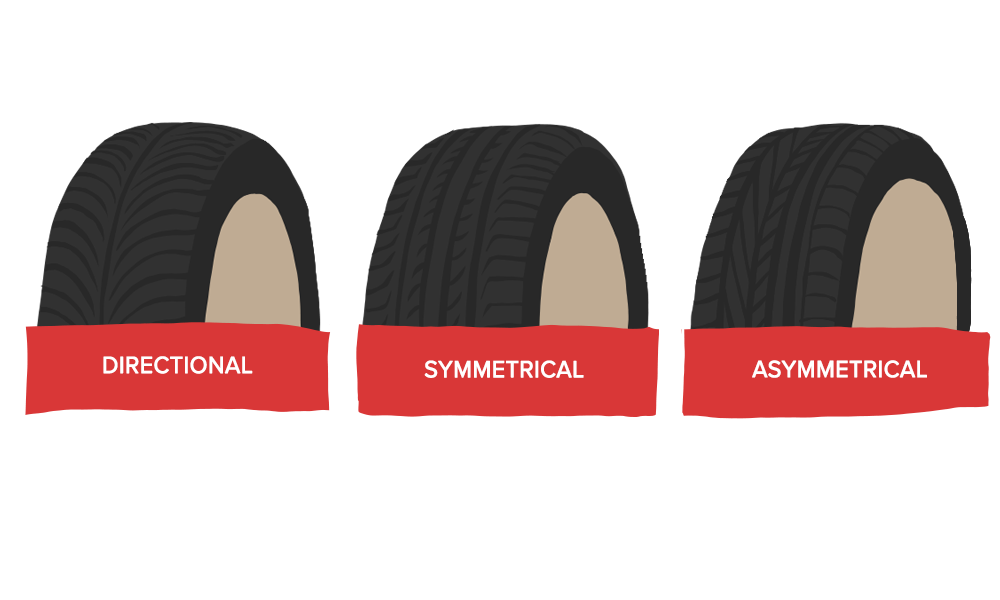
Should all my car's tyres have the same tread pattern?
Having the same type of tyre tread on each wheel of your car should mean that you have the same amount of grip, control and traction on each of your wheels. If they are different, then the rate of wear and tear can be increased, leading to an increased chance of a puncture.
Which way should the tyre tread face when fitting a tyre wheel?
If a tyre has the directional or an asymmetric pattern, than the tyre itself should have an indicator on which side of the car it should be on. It will also tell you which part of the tyre should be on the outside of the wheel, rather than the inside.
What types of tyre are available for my car?
There are many different types of tyre available for your car. The biggest difference are between wet and dry, summer and winter tyres, as the tread has differences to ensure they can get the maximum amount of grip on the road. There are other specialist types of tyres, like run-flat and self-sealing. You can also purchase high performance tyres to give you better grip on the road, but at the expense of faster wear and tear.
What is the best make of tyre for my car?
Most brand new tyres are of a high quality, so the make of tyre is not as important as it used to be. The major tyre manufacturers today are Bridgestone, Goodyear, Michelin, Continental and Nexen.
What are the cheapest tyres I can buy?
You can get brand new tyres for around £30-£50. The best place to find cheap tyres is to search online. Make sure you search for tyres that are suitable for your car.
Are cheap tyres safe?
Cheap tyres can be just as safe as more expensive models. The difference is between the rate of wear and tear, and occasionally the amount of grip on the road. Unless you live in an area with large amounts of snow and ice, you may be able to choose a cheaper tyre.
Do I need seasonal tyres?
If you live in an area with lots of wintry conditions, i.e. snow, ice or very wet roads, then it might be worth getting some seasonal tyres. You need to factor in 1) how likely you are to use them, and 2) how easy it is for you to get them switched between summer and winter tyres.
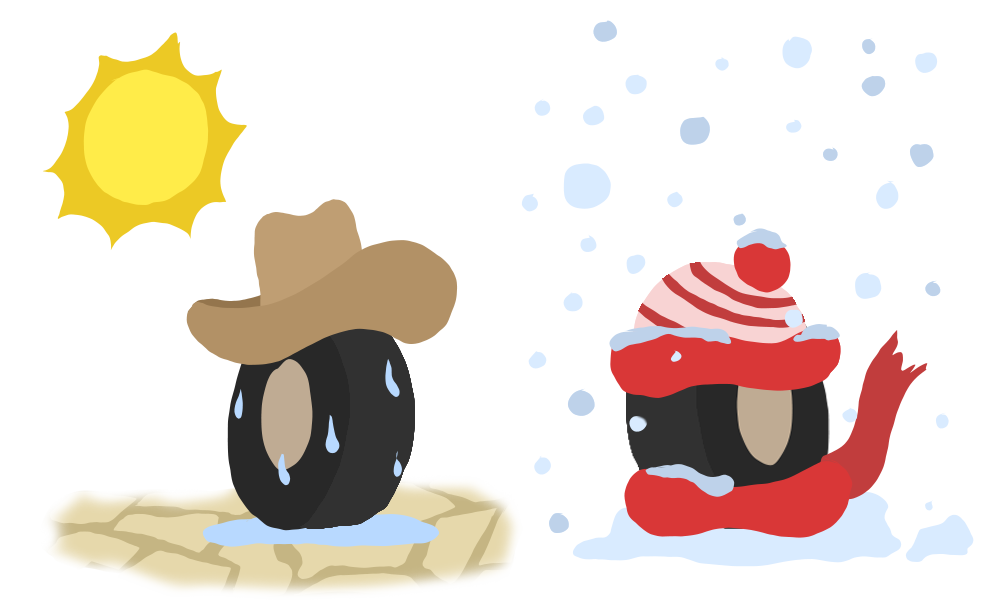
What are the safest tyres to buy?
Recent surveys by consumer websites carbuyer.co.uk and expertreviews.co.uk both found the Continental PremiumContact 6 to be the safest and best tyres to buy currently. Dunlop’s Sport Maxx RT2 was also highly rated, as was the Michelin Pilot Sport 4.
What are part-worn tyres and are they safe?
Part-worn tyres are those taken from scrapped or salvaged cars where there was no damage to the wheels. These tyres have been used on the road for some time, but do not have any visible signs of damage. For the most part, these can be safe, providing you purchase them from a trusted seller and have them inspected by a mechanic to ensure they still pass the safety test.
What tyres improve my car's mpg (fuel efficiency)?
For maximum fuel efficiency, you need to keep your tyres at the correct pressure with the right tread depth around the circumference of the wheel. Anything less and it will take more effort to gain traction on the road, making your engine work harder, burning more fuel.
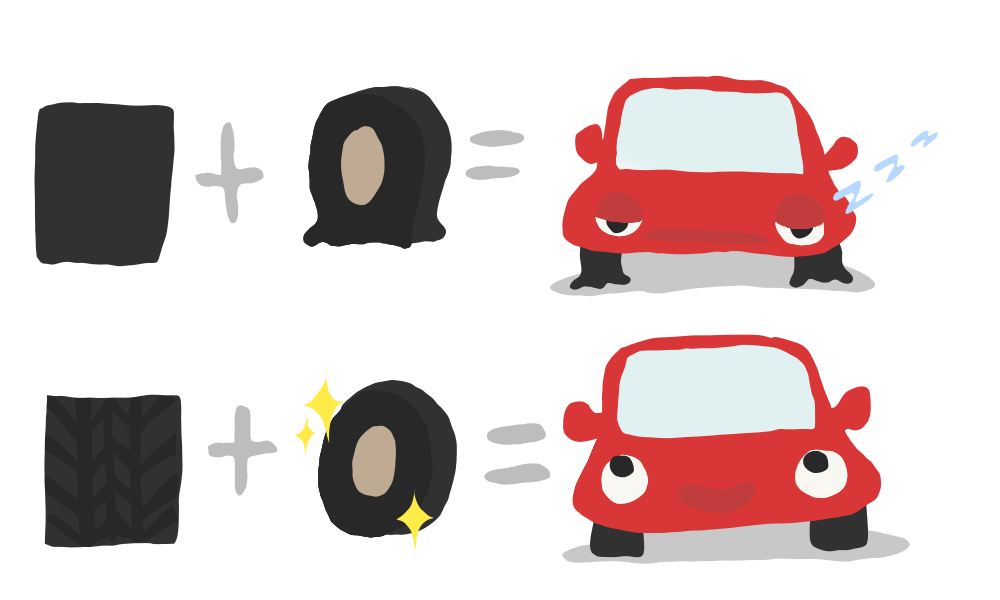
How long do tyres last?
The lifespan of a tyre depends on how much they have been used, the aggression of the driver, and the quality of the road they have been used on. But most tyres are estimated to have a lifespan of 30,000 to 60,000 miles. Careful driving will increase the time, whilst pushing your car harder will make the tyres erode far quicker.
Can I replace my car tyre?
Replacing your car tyre is not as difficult as you may think. The easy way to do so is to use a garage or tyre specialist to make the changes for you. They can swap over the old tyre for the new, and make sure the ones you are getting rid of are disposed of or recycled correctly. You should aim to replace all your tyres at the same time, so that the lifespan and tread level is matched across your car. But, if you can only afford to change the tyres that are damaged or in need of replacement, then you can mix and match current and replacement tyres.





 Facebook
Facebook Twitter
Twitter Instagram
Instagram LinkedIn
LinkedIn Youtube
Youtube